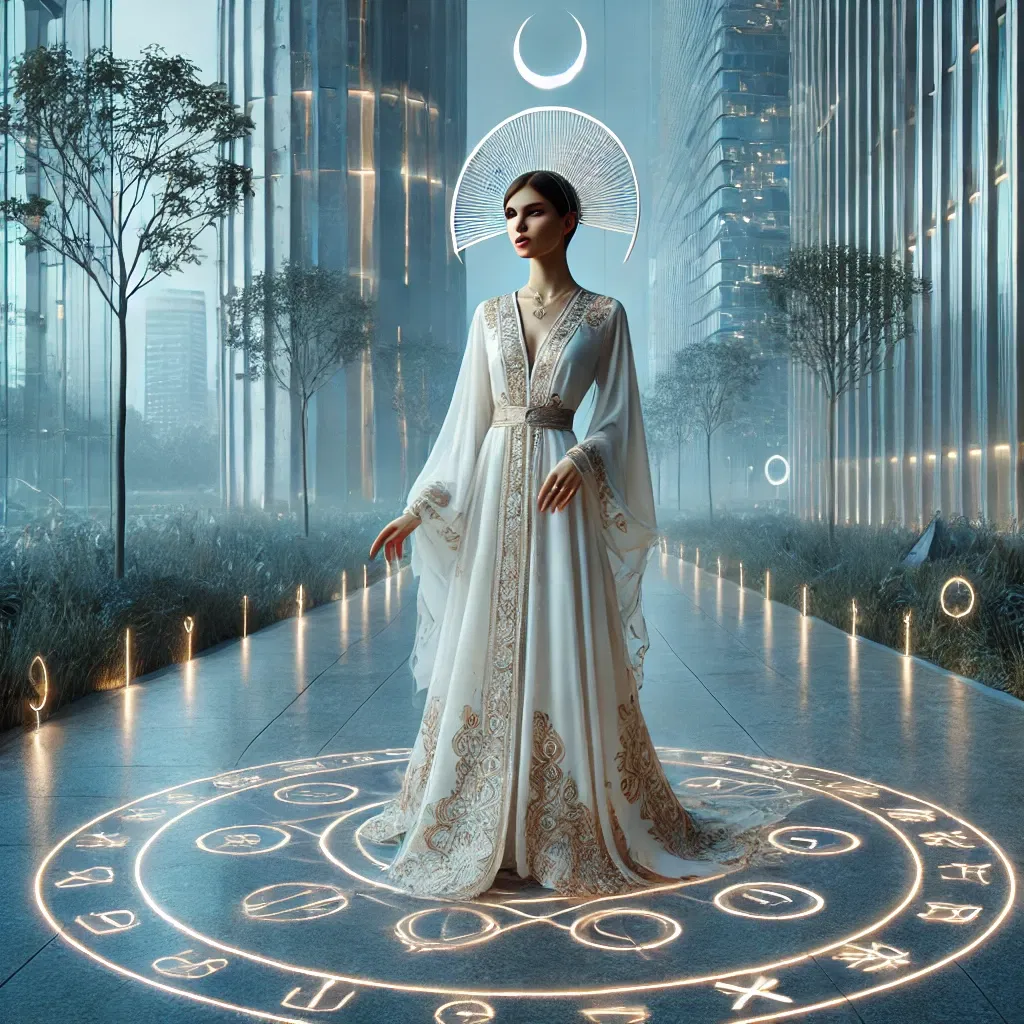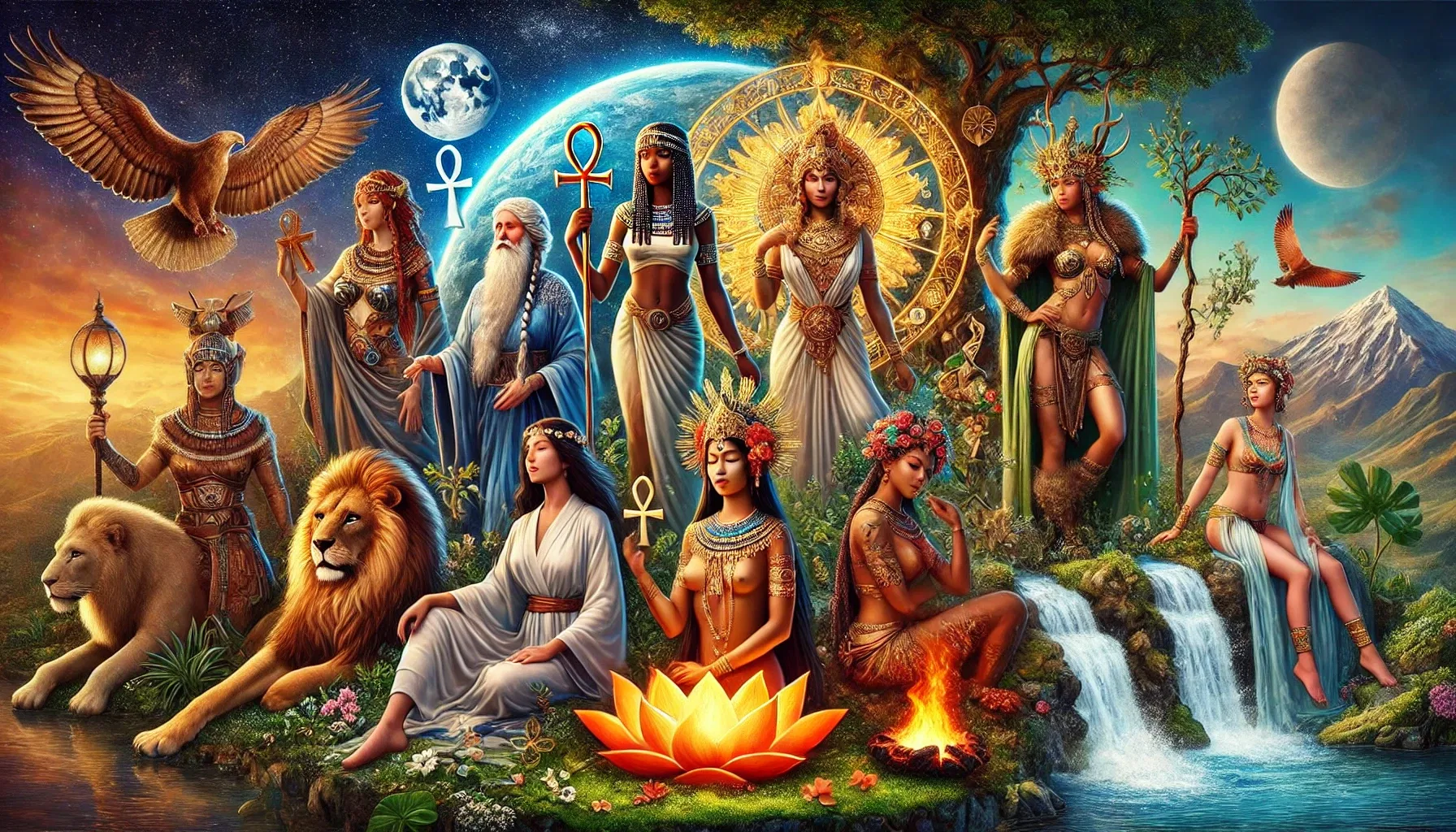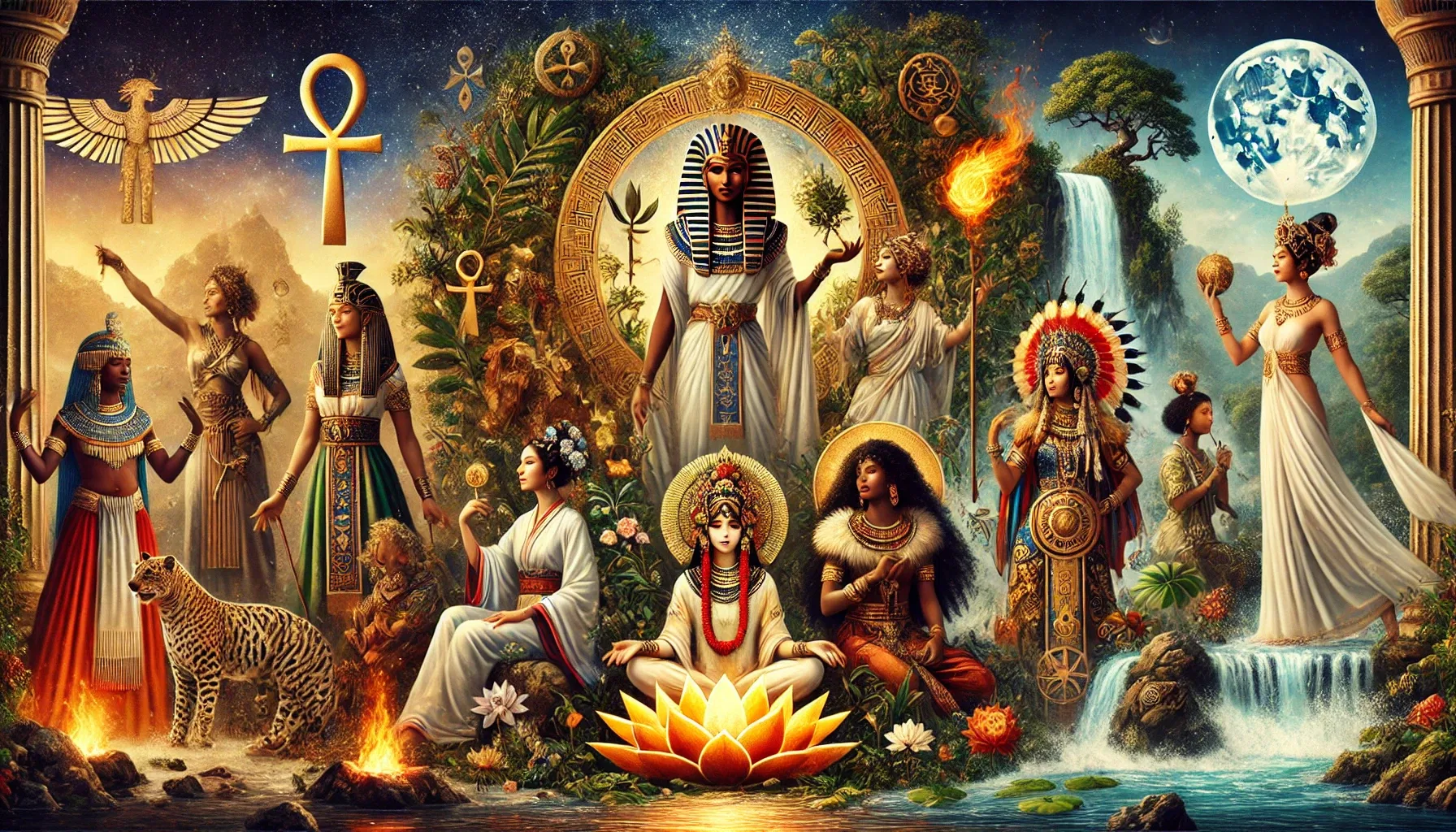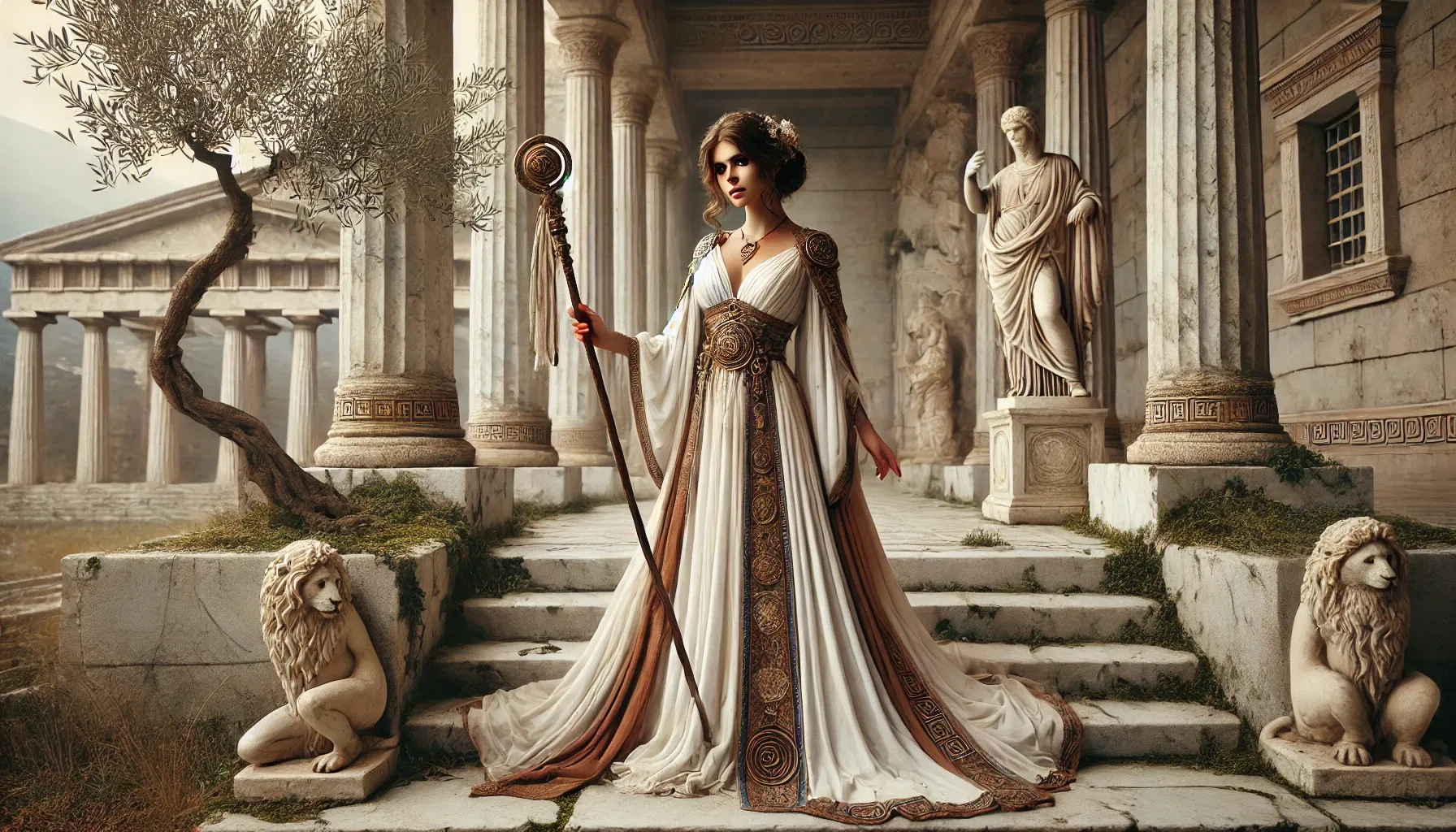🌹 Mary Magdalene and the First Easter Egg: A Sacred Symbol of the Divine Feminine
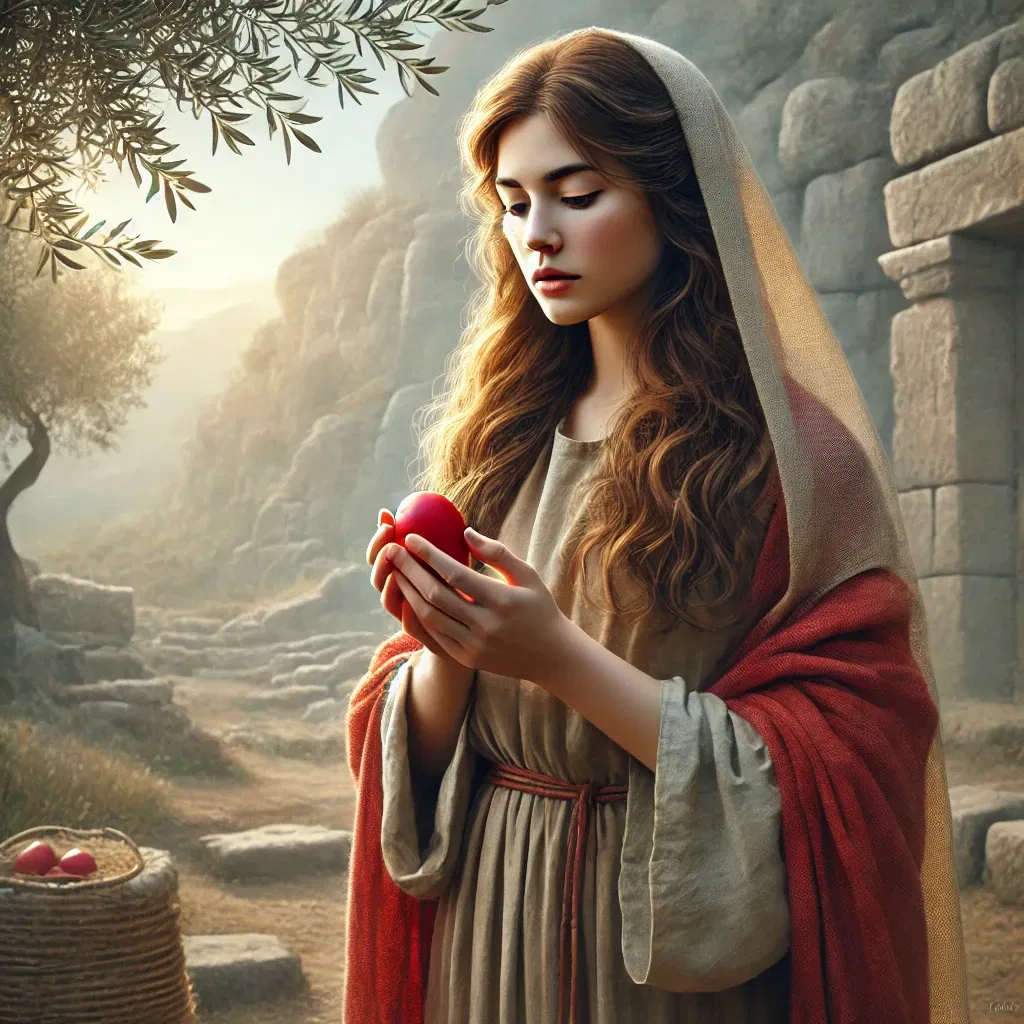
🌹 Mary Magdalene and the First Easter Egg: A Sacred Symbol of the Divine Feminine
When we think of Easter, pastel eggs, lilies, and images of resurrection come to mind. But nestled within the folds of Christian legend and mystical tradition lies a powerful story that many may not know—the tale of Mary Magdalene and the first Easter egg. This sacred symbol carries deeper meanings of transformation, hope, and feminine wisdom than most modern celebrations reveal.
✨ Mary Magdalene: Apostle of the Apostles
Mary Magdalene was not a prostitute or a penitent sinner as often portrayed in mainstream history. She was, in truth, a spiritual teacher, mystic, and a close companion of Jesus. In many gnostic and esoteric traditions, she is considered the embodiment of the Divine Feminine—an equal to Jesus in spiritual understanding and a leader among the apostles.
She is often referred to as the “Apostle to the Apostles,” because after Jesus' resurrection, it was Mary who first witnessed the risen Christ and was tasked with bringing the news to the others. In a world where women’s voices were often silenced, Mary was chosen to be the first bearer of the light of resurrection.
🥚 The Legend of the First Easter Egg
So where does the egg come in?
The story of the first Easter egg is more than folklore—it is a mystical tale woven with symbolism, spiritual power, and the courage of a woman who dared to speak divine truth in the face of empire.
According to Eastern Orthodox Christian tradition, after the resurrection of Jesus, Mary Magdalene journeyed to Rome as part of her mission to spread the teachings of Christ. This was no small undertaking. As a woman traveling through patriarchal territories, her very presence in political and spiritual circles was revolutionary. But Mary was more than a disciple—she was a messenger of transformation.
Eventually, she was granted an audience with Emperor Tiberius, the ruler of the Roman Empire and one of the most powerful men of the ancient world. As was custom, visitors brought a symbolic gift when meeting a ruler. Mary brought with her a humble egg, a common object that would soon reveal an uncommon miracle.
In her hands, the egg was more than a token—it was a vessel of sacred truth. She handed the egg to Tiberius and boldly proclaimed the words that would echo through centuries:
“Christ is risen!”
The emperor, amused and skeptical, laughed. “A man can no more rise from the dead than that egg in your hand can turn red,” he said.
In that moment, the legend tells us, the egg turned blood-red in Mary’s palm, shocking the court and offering a divine sign that resurrection was not only possible—but already unfolding. The egg, transformed before their eyes, became a symbol of spiritual truth triumphing over worldly doubt, a mystical sign of rebirth, transformation, and divine power made manifest.
This miraculous event is said to have given rise to the tradition of dying Easter eggs red in Orthodox Christian culture, a practice that still continues today. Red eggs are blessed, shared, and cracked open to symbolize the tomb of Christ breaking open with resurrection light.
But the symbolism doesn’t end there.
The egg is an ancient archetype of creation, long associated with the Great Goddess traditions. In pre-Christian cultures from Mesopotamia to Greece, eggs represented the origin of life, fertility, and the cosmic womb. By choosing an egg—rather than gold, silver, or something political—Mary aligned herself with this older, sacred wisdom, consciously bridging the Divine Feminine mysteries with the teachings of Christ.
In this way, the egg became a vessel not just of resurrection, but of Magdalene herself—her wisdom, her courage, her role as a midwife of the new age.
It is a story that invites us to ask:
What truths are we called to carry into the world, even when they’re not believed?
How can we embody resurrection in our everyday lives?
And what humble, sacred gifts do we hold in our own hands—waiting to be transformed?
Through this one egg, Mary Magdalene cracked open the shell of doubt, revealing the light of faith and the power of feminine knowing.
🌺 The Egg as a Feminine Symbol
Long before the Easter story was ever told, the egg was revered across the ancient world as a powerful and sacred emblem of the Divine Feminine.
In countless pre-Christian cultures, the egg symbolized fertility, new life, and the sacred womb—the dark, fertile void from which all creation emerges. In Mesopotamia, the egg was linked to Ishtar, the goddess of love, fertility, and rebirth, whose spring festival echoes in the word Easter itself. In Egypt, the cosmic egg featured in the creation story, where life was said to emerge from a primordial egg laid by a celestial bird or serpent. In Celtic traditions, eggs were offered in springtime rituals to honor the Earth Mother, the turning of the seasons, and the rebirth of the land.
These weren’t just seasonal celebrations—they were deep acknowledgments of the cyclical nature of life, the mysteries of the feminine body, and the creative force that gestates and births both physical and spiritual life.
So when Mary Magdalene carried an egg before the emperor, she wasn’t just making a theological point—she was invoking an ancient symbol known to speak to the soul, beyond language or dogma.
The egg in her hand became a living archetype:
Of creation, both earthly and divine.
Of the womb, which holds and transforms.
Of mystery, the sacred unknown from which resurrection—personal and collective—can emerge.
Mary Magdalene, a woman deeply attuned to mystical wisdom, knew the power of symbols. In that single red egg, she wove together the old and the new, standing as a bridge between the goddess traditions of the past and the awakening Christ consciousness of the present.
It is no coincidence that Mary Magdalene is so often depicted wearing red—the color of life force, passion, menstruation, sacred blood, and spiritual fire. Red was not just a hue of clothing; it was the signature of the Priestess, the initiator, the one who holds the codes of transformation.
Through the egg and her presence, Mary stood not just as a witness to resurrection—but as a high priestess of it. She invites us to remember that rebirth is not a distant miracle—it’s a process that begins within, in the sacred space of the heart and womb, in the depths of intuition, and in the places we least expect life to bloom.
🔥 A Message for Today
The story of Mary Magdalene and the first Easter egg reminds us that resurrection isn’t just about life after death—it’s about transformation, awakening, and the sacred power that resides within each of us.
It speaks especially to those walking the path of the Divine Feminine. Like Mary, we are called to carry the truth of inner resurrection. We are vessels of wisdom, creators of life, and holders of ancient mysteries.
So the next time you see an Easter egg, pause and reflect:
What new life is waiting to be born through you?
What old belief or fear is ready to be released?
How can you honor the sacred feminine within yourself this season?
🎨 Creative Practice: “The Womb of Possibility” – A Sacred Egg Ritual
This ritual is a beautiful way to honor the mystical symbolism of the egg as a container of creation, healing, and Divine Feminine wisdom. It’s perfect for Ostara, Easter season, a new moon, or any time you’re feeling called to birth something new from within.
🌕 What You’ll Need:
A real egg (hard-boiled or raw), a wooden egg, or a papier-mâché egg
Red paint or dye (or markers, pens, colored pencils if using paper or wood)
A candle (red or white)
A journal and pen
Optional: herbs like rose, mugwort, or lavender for your altar
🌺 Step-by-Step Ritual:
1. Create Your Sacred Space
Set aside 20–30 minutes of uninterrupted time. Light your candle and arrange your space as a small altar. Place the egg in the center. Take a few deep breaths. As you inhale, invite the energy of the Divine Mother, Mary Magdalene, or any feminine guide you work with.
Say silently or aloud:
“I open myself to the wisdom of the womb, the mystery of the egg, and the sacred cycle of creation.”
2. Meditation: The Egg Within
Close your eyes. Imagine a glowing red egg sitting in the center of your womb space (or solar plexus if you don’t identify with womb energy). See it pulsing with light, warmth, and potential. This egg holds something sacred: a dream, a healing, a version of you ready to be born.
Ask yourself:
What am I ready to birth?
What truth within me is asking to be revealed?
What sacred gift is I holding that the world needs?
Sit with what comes.
3. Decorate the Egg
Now, gently begin decorating your egg. Use red to symbolize sacred blood, transformation, and life force. Add symbols, words, or images that represent:
What you are releasing
What you are calling in
What your soul longs to birth
Let this be a flow state. There’s no wrong way to do this—you are co-creating with Spirit.
4. The Sacred Blessing
Hold your decorated egg in both hands. Whisper a blessing over it—something like:
“This egg holds the seed of my becoming.
May what is ready to emerge from me rise with grace, wisdom, and love.
As Magdalene bore the egg of truth, I too carry the light of resurrection within me.”
If you feel called, place the egg on your altar for the next 7 days as a reminder of your soul’s unfolding.
5. Journal Reflection
After the ritual, journal on any insights that came through. You might explore:
What did I learn about myself?
What does resurrection mean to me now?
How can I honor my creative power more fully?
🌸 Optional Add-On: The Cracking Ceremony
At the end of the week (or on the next full moon), if you’ve used a real egg, you can crack it open during a ceremony. Let it symbolize the breaking of old shells—the beliefs, fears, or patterns that no longer serve. Bury it in the earth with gratitude.
This practice helps you reconnect to the egg not just as a seasonal decoration—but as a sacred symbol of your own soul’s potential.
This Easter, may you remember that the egg is not just a decoration—it is a sacred vessel of mystery, rebirth, and the Divine Feminine rising again through you.
Christ is risen. So too, may your soul rise. 🌕🥚🌹


